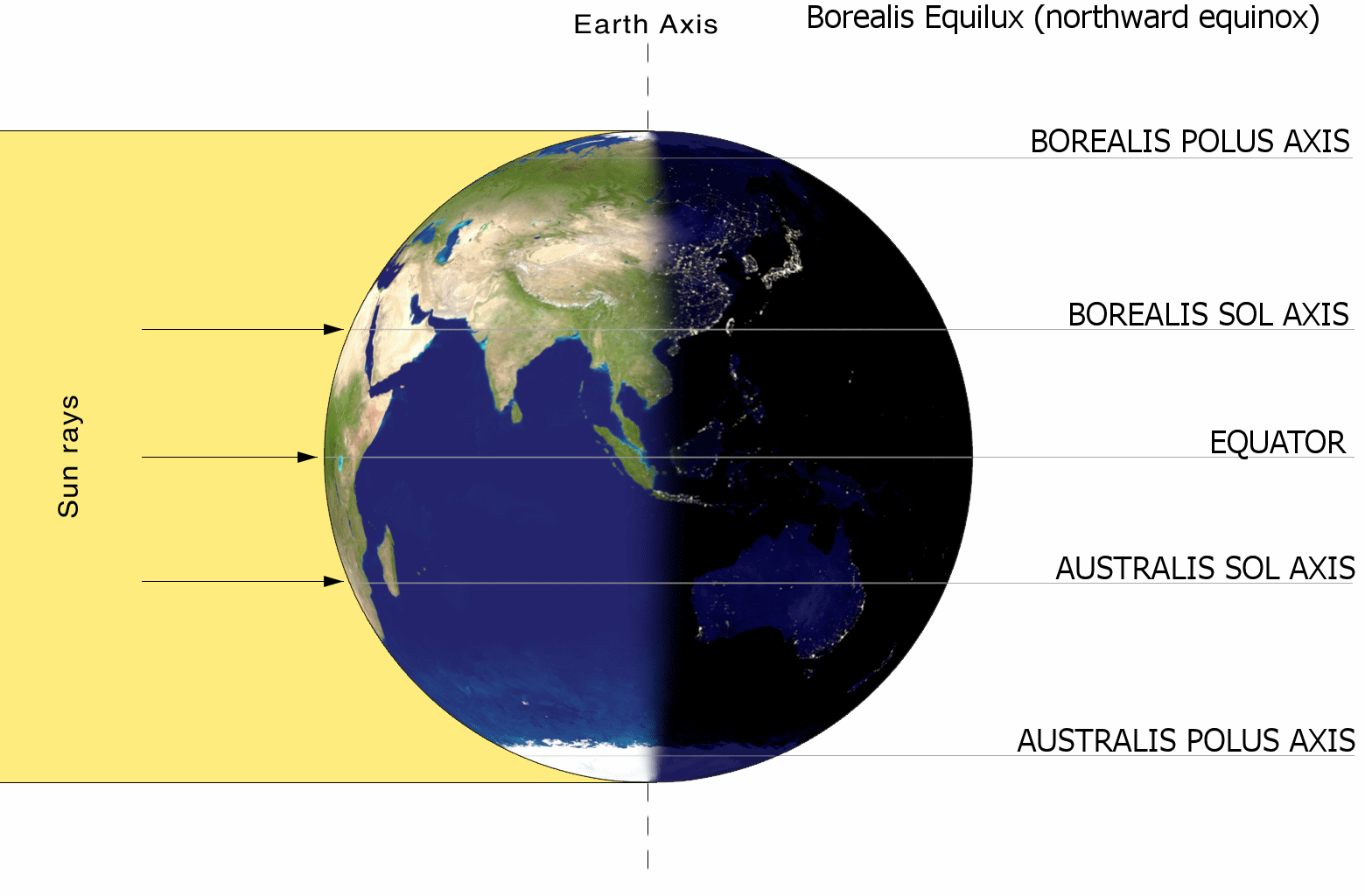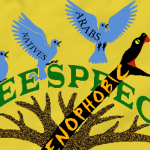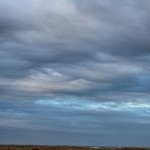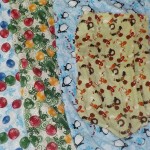F.N.A.E. articles are written with Ehoah phrases

What is Seasonally Occurring
During the Borealis Equilux (this year on March 20) the equator is facing directly toward the sun, making the sun’s rays hit the two hemispheres equally causing equal lengths of day and night worldwide. At noon along the equatorial line virtually no shadows will be cast. Globally on this day, the point where the horizon crosses the sun’s disk is due east and west. Making it a good time to figure out landmarks that aid in direction throughout the year or building projects that are reliant on the sun’s rays.
For Borealis it will be going into longer days seeing the earth’s daily turning view of the sun higher and higher north; and for Australis there will be longer nights with the daily turning view of the sun lower along the north horizon. At the poles, it marks the start of the transition from 24 hours of nighttime to 24 hours of daylight in Borealis, and vice versa in Australis.
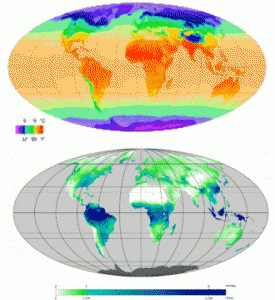
Where the majority of earth’s population is (at and north of the Borealis Sol Axis – Tropic of Cancer with the addition of Southern & Western Europe) spring is in full effect with new leaves and flowers coming in and wildlife either expecting or just receiving the next generation. Farther North of the Borealis Sol Axis and the other regions of Europe winter is dissipating, either just beginning its thaw or in full flow feeding the watercourses and watertable.
For the Tropics, this is when the Tropical Rain Belt is beginning to reach the equator, moving toward the Borealis Sol Axis
South of the equator it is overall getting darker, colder and the precipitation is lessening.
What are The Seasonal Customs
In Borealis, most of the temperate climes are celebrating the beginnings of spring, where eggs are a common theme. For the warmer climes of Borealis, spring is in full effect with winter as history. Both climes have themes this time of year that celebrate life – particularly new life; and with the longest nights well behind, themes of a new day often symbolized as dawn. Because of these occurrences many regions regard this as a time for new beginnings, thereby it marks the New Year for their respective calendars.
Various celebrations around the time of Equilux include: Accepting the many experiences life holds in its many forms in dishes symbolically flavoured as different emotions; Bonfires and festivities on the full moon nearest Equilux; Decorating and splashing each other with bright colours; Acceptance of raucous and pranking behaviour; Getting outside for extended periods with camping and other outdoor recreational activities; Egg Painting; Growing sprouts and starting harvest vegetation to plant; Courting customs and rituals by young adults to gain better chances at obtaining a spouse; House cleaning and symbolic rituals to shed away the darkness of winter, ‘evil’, or bad luck; as well as enacting rituals for fertile land and good harvest to come.
A growing custom that is well received is putting out loose fiber balls among the trees or other easily found places for birds to use in their nest building. For a festive touch these can be brightly coloured fibers or the loose shape made to look like a bird or other recognizable seasonal shape.
Not much is known of the seasonal festivities of Australis due to it being heavily Christianized – with old traditions being mostly abolished and replaced with Christian festivities done at the same time as done in Borealis even though it is out of season. Depending on the climate of each region it can be assumed that most harvesting is done around this time of year and has potential for light ceremonies and festivals in response to the growing dark. There are some earth based traditions that have taken root in Australis that accommodate for seasonal celebrations. Two of which are referred to in the Australis Chart. If there are any other known seasonal festivities that are in Australis, please comment below so they can be accounted for.
BOREALIS
|
CELEBRATION |
GENERAL DATE |
SPECIFIC DATE |
CALENDAR |
REGION OF ORIGIN |
CULTURE |
|
Early February – Late March |
Full moon nearest Equilux (may vary depending on calendar used) |
Indian national calendar and Older Regional Calendars |
South Asia |
Indian |
|
|
Early March |
Last Tuesday before Equilux |
Western Asia |
Persian |
||
|
Late March |
Equilux |
Western Asia |
Persian |
||
|
Ostara, Alban Eilir |
Late March |
Equilux |
Western Europe |
German |
|
|
Late March |
Equilux |
Earth |
Saegoah |
||
|
Late March to Early April |
First Sunday after full Moon Following Equilux (originally on Equilux) |
North Africa |
Egyptian |
||
|
Ugadi, Gudi Padwa, Chaitti, Basoa |
Late March to Early April |
1st Day of Chaitra – Either Equilux or the first morning after the new moon after Equilux (may vary depending on calendar used) |
Indian national calendar and Older Regional Calendars |
South Asia |
Indian |
|
April Fools, poisson d’avril, prima aprilis, aprilsnar / Sizdah Bedar |
Early April |
April 1 / 13th day after Nowruz (Equilux) |
Western Asia |
Persian |
AUSTRALIS
|
CELEBRATION |
GENERAL DATE |
SPECIFIC DATE |
CALENDAR |
REGION OF ORIGIN |
CULTURE |
|
Mabon, Alban Elfed |
Late March |
Equinox |
Western Nations |
Neopagan
|
|
|
Equinox |
Late March |
Equinox |
Earth |
Saegoah |
GLOBUS
World Water Day – on March 22
International Day of Forests – on March 21
World Citizen Day – on March 20
For World Citizen Day, there is a related on going petition to the United Nations Ambassadors about achieving a globally recognized world passport #WorldPassport #WorldCitizen

